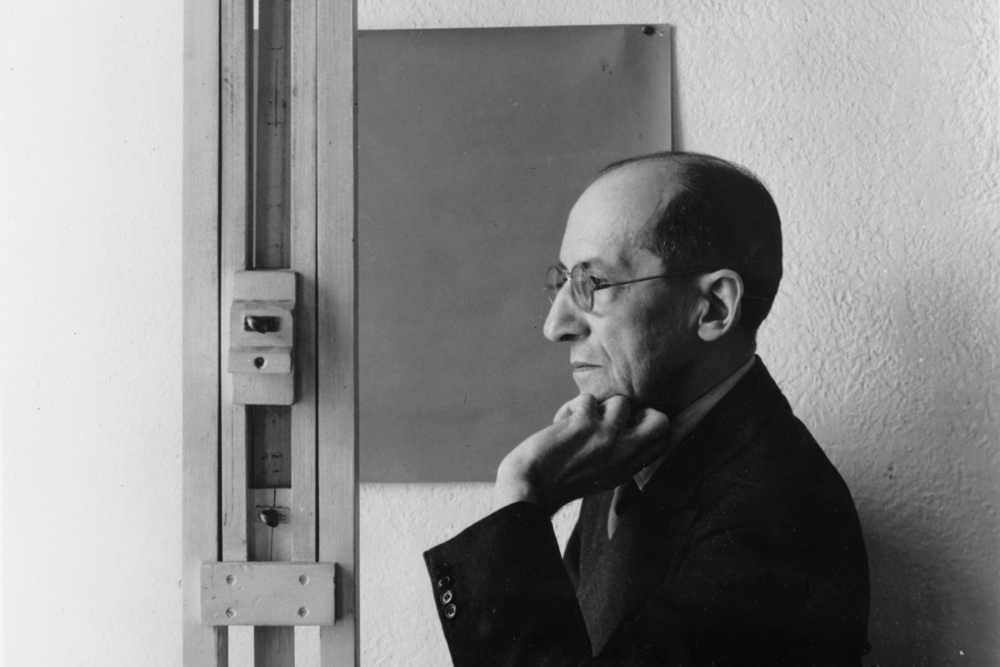
Piet Mondrian was born in 1872 in the Netherlands, and his passion for painting shaped his career. Initially influenced by naturalism, Mondrian gradually began to push the boundaries of painting. His move to Paris in 1911 was a turning point in his artistic understanding. While creating landscape paintings in his early years, Mondrian shifted his focus to the influence of lines and produced symbolic works after his time in Paris. Subsequently influenced by Fauvist and Cubist movements, the artist embarked on a quest to develop his unique style and turned to abstract art.
In the example, part of a series titled "Pier and Ocean," the
rhythm reminiscent of the movement of the sea signifies the painter's
transition to pure abstraction. It is noteworthy that there is no element in
the artwork making a concrete reference.
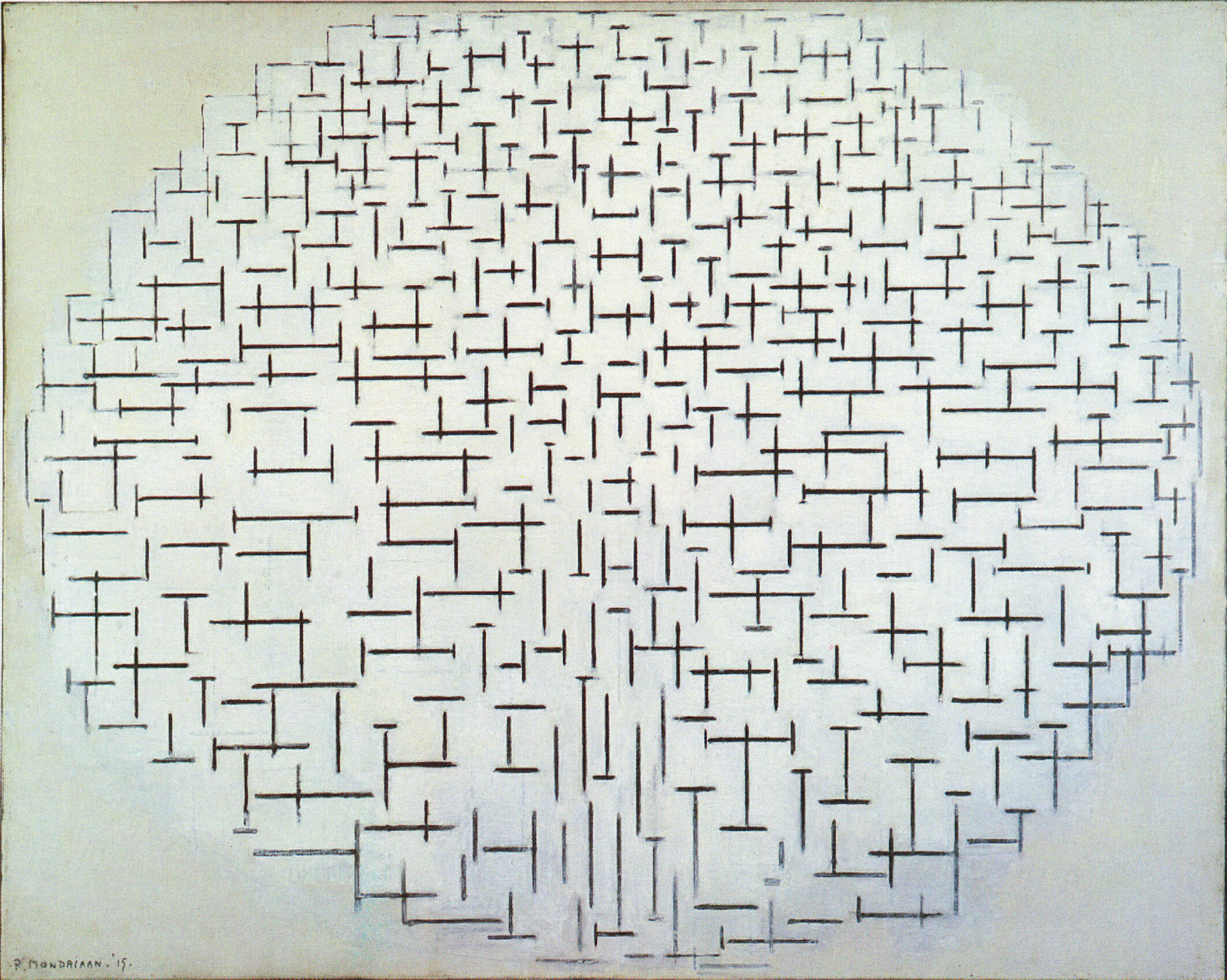
Mondrian advocates for a universal order and harmony in art and is one of
the founders of the De Stijl movement. De Stijl operates with a approach that
utilizes pure geometric forms such as squares and rectangles, which can be
adapted to all forms of art from architecture to product design. In the
manifesto of this movement, Mondrian expresses that natural forms will be
dismantled and discarded due to the obstacles they pose to artistic expression.
Embracing abstract art and emphasizing the use of geometric shapes and primary
colors, the motivation of this movement is to reduce art to fundamental
components such as color, form, line, and space in order to achieve universal
and spiritual perfection and express it. It narrows down its options to only
three primary colors and two geometric shapes. Through this, art will be able
to capture an abstract and universal language. During this period, Mondrian,
using fundamental colors such as red, yellow, blue, and the contrast of black
and white, embarks on a quest for order and balance on the canvas.
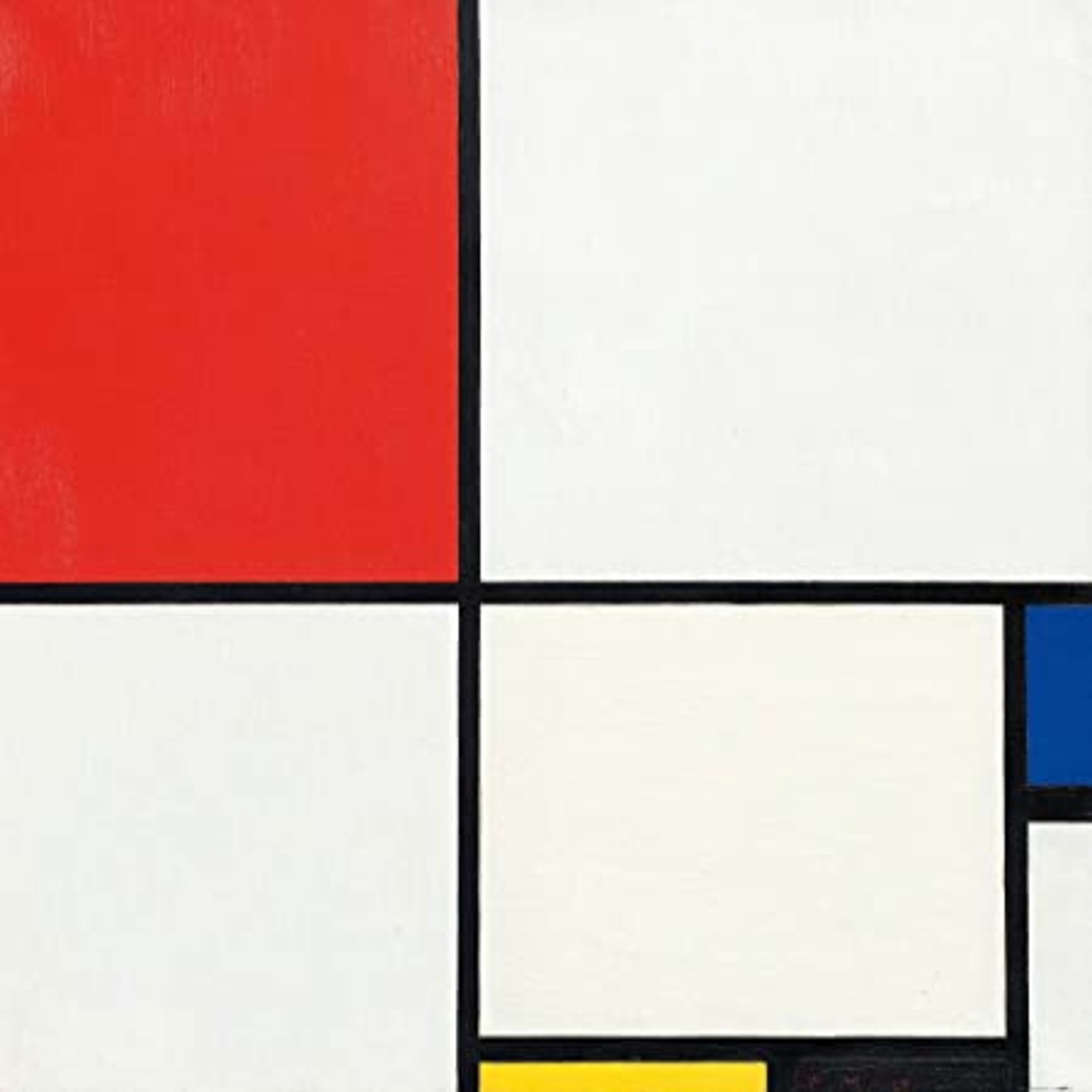
The evolution in Mondrian's art gives rise to a movement known as Neo-Plasticism. Embracing an abstract language by emphasizing the fundamental elements of art, namely, line, color, plane, and composition, this movement transforms into a theory that reflects the fundamental principle of the De Stijl movement. In this process, Mondrian, who believes that the white background evokes space, aims to completely eliminate the third dimension from the painting and starts dividing the canvas with horizontal and vertical black lines from the 1920s onwards. In this way, he expresses representations of the world through the opposing forces of vertical and horizontal lines. The rectangles between these lines are then painted with yellow, red, and blue. This quest is a reflection of the effort to create an aesthetic where art can speak in a universal language.
Piet Mondrian, beyond being one of the pioneers of abstract art, deeply influences not only the world of painting but also fashion and architecture with his aesthetic understanding. Mondrian, who brings the universal harmony of his art to the realms of clothing and structure, becomes a symbol of order, balance, and minimalism in design.
Mondrian's abstract geometric compositions created with color blocks and
sharp lines have a powerful impact on the fashion world, especially in the
1960s. Yves Saint Laurent, with his "Mondrian Dresses" designed in
1965, brings the artist's aesthetics into the world of fashion. These designs
are created with color blocks inspired by Mondrian's paintings. Red, yellow,
blue, and white colors meet in garments with geometric patterns. This new
aesthetic in the fashion world clearly demonstrates the influence of abstract
art across different fields
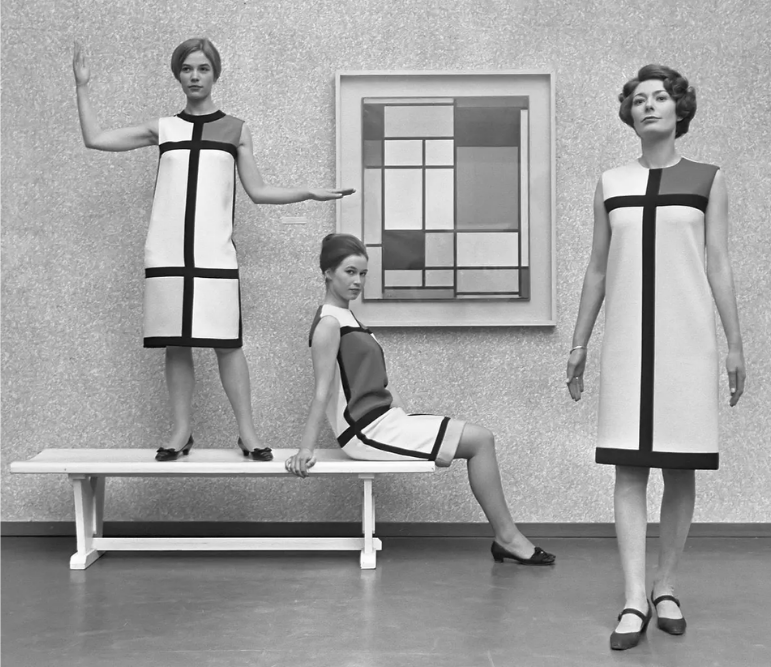
The influence of Mondrian's art is not only felt in the world of fashion but also in architecture. The principles of Neo-Plasticism are embraced by architects, impacting the modern architectural understanding. Straight lines, the use of primary colors, and simple geometric forms become elements that guide architectural designs.
Especially under the influence of Bauhaus and the De Stijl movements,
Mondrian's aesthetics reflect in the interior and exterior designs of
architects. The minimalist approach brings together functionality and
aesthetics in architectural designs. It continues to have an enduring impact
and remains a topic of discussion. For instance, in 2017, in the Netherlands,
as part of the events celebrating the 100th anniversary of De Stijl, the facade
of the Hague City Hall, designed by Richard Meier, was given a Mondrianesque
treatment.
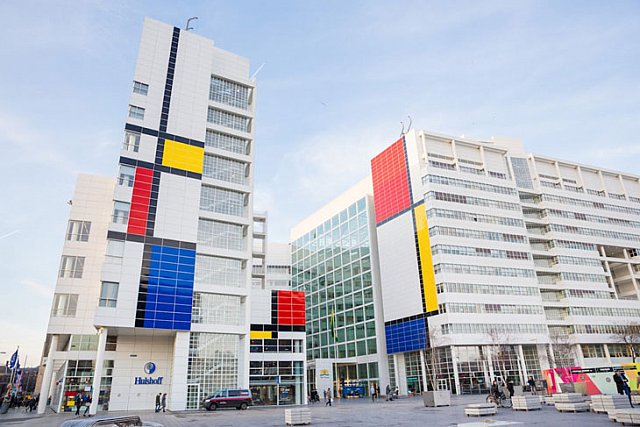
Another example of Mondrian's influence on spatial design is from Dendro!
Drawing inspiration from the work "New York 1," a significant
representation of Mondrian's aesthetics, Dendro developed the Stil – D11 model,
which stands out with clear lines and blocks reflecting principles of order and
balance. The powerful impact of geometric forms goes beyond providing a visual
experience, carrying an artistic meaning and representing a universal harmony.
Suitable for use in both flooring and wall decoration, this product offers the
opportunity to bring the spirit of De Stijl into living spaces.
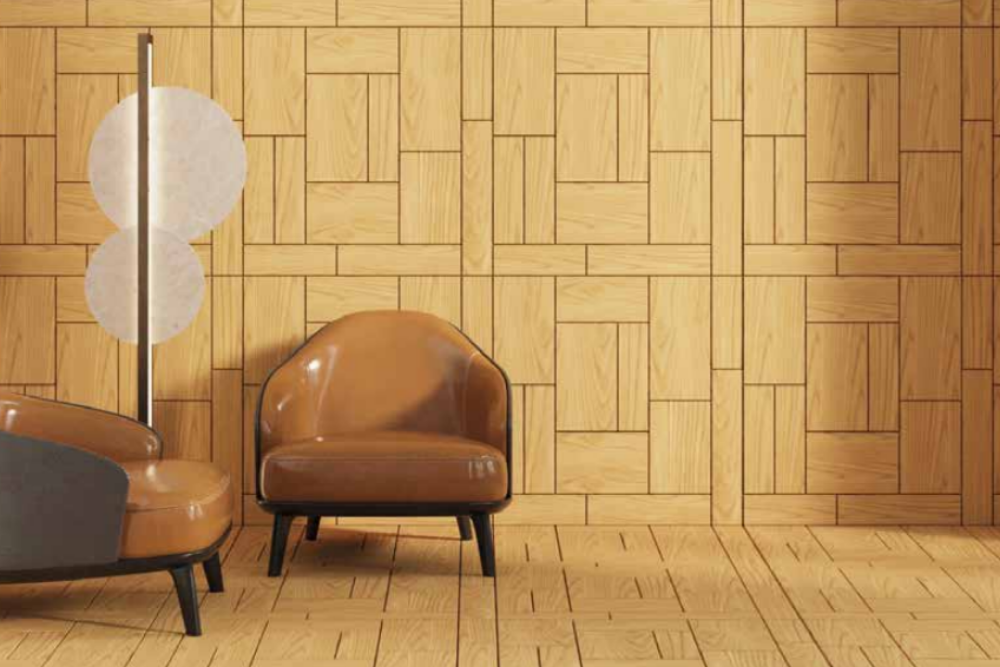
Piet Mondrian, as a pioneer in the journey to universalize art, continues
to present viewers with a world of sharp lines and infinite harmony. His works,
even over time, maintain their impact, inspiring art enthusiasts and prompting
contemplation.
https://www.gzt.com/skyroad/gercege-yaklasmak-ve-ardindan-ayi-atmak-piet-mondrian-3649554
https://www.gzt.com/arkitekt/de-stijl-akiminin-onderlerinden-piet-mondrian-3561931